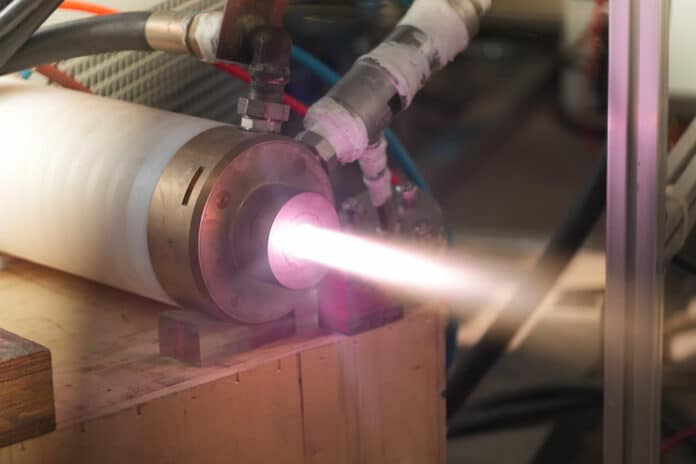When Sputnik launched in 1957, it contained four antennas that transmitted a very simple radio signal that allowed the satellite to be tracked. Fast forward through the years and space exploration has become increasingly sophisticated. We have since expanded to manned spaceflight, space stations, landing on the moon, sending rovers to distant planets, and satellites of all types. In the beginning, human space exploration required the resources that only governments could afford. Today that is changing, thanks to companies such as SpaceX and Orbital Sciences Corporation. Still, short of weather balloon experiments, space exploration by ordinary people seems a remote dream for most.
However, in many rocket launches today, deadweight is added to get the physics just right to get a payload to a particular orbit. Thanks to the CubeSat initiative (spearheaded by California Polytechnic State University at San Luis Obispo) that deadweight is being replaced with amateur and academic nanosatellites that perform scientific research. For a relatively reasonable amount of money, you can now have your own “satellite” launched into space. To date, there have been dozens of CubeSat launches, whose payloads covered a lot of cool science experiments. Let’s take a look at a few of the most interesting DIY nano satellites that have launched so far.
CubeSat #1: TJ3SAT
The TJ3SAT mission was built by the Thomas Jefferson High School for Science and Technology in Alexandria, Virginia. The payload carried by the TJ3SAT allowed people around the world to send in a text message that in turn was sent up to the satellite and then converted to a voice signal that was broadcast back to Earth on amateur radio frequencies. TJ3SAT was launched from the NASA Wallops facility in November 2013 and contact was maintained for five months afterwards.
CubeSat #2: KickSat
A “sprite” that will be launched from the KickSat (Image Courtesy: KickSat Open Source Project)
Kickstarter has already been used to fund a CubeSat mission that launched in April 2014. For a mere $300 donation, a donor could adopt a postage stamp sized “femtosatellite” called a “Sprite” that would be carried aloft by the CubeSat mothership. Adopting the Sprite allowed the donor to customize the name and message that the Sprite transmitted to Earth. Unfortunately, with the perils of space travel, the Sprites did not get a chance to deploy due to a microcontroller timing glitch. The good news is KickSat-2 has recently been approved by NASA to fly in a future CubeSat launch.
CubeSat #3: PhoneSat
Even the big boys of space exploration have been tempted by the possibilities of CubeSats. In 2009, NASA launched its PhoneSat program that utilizes an Android smartphone and an Arduino microcontroller to test the possibility of utilizing smartphones to provide the avionics systems for CubeSat and other similarly sized nanosatellites.
We covered just a few of the CubeSats that have been launched in the few short years of the program. There are sure to be many more interesting CubeSats launched in the years ahead. What sort of CubeSat would you build if given the chance?








